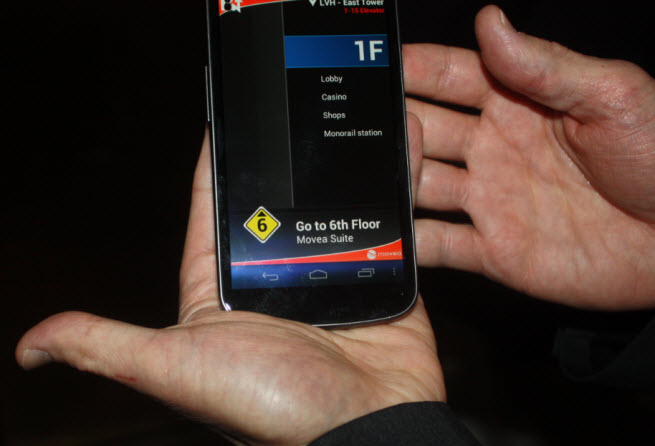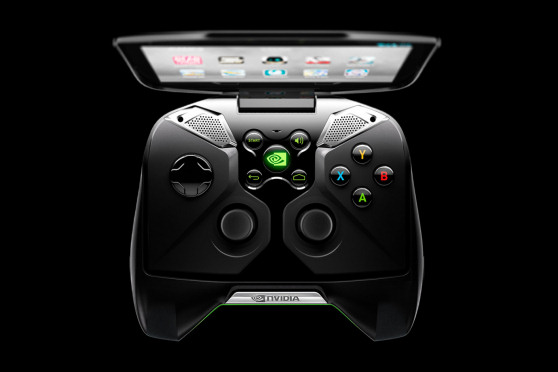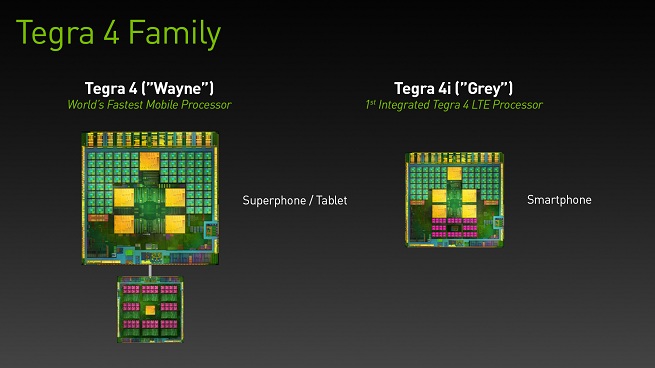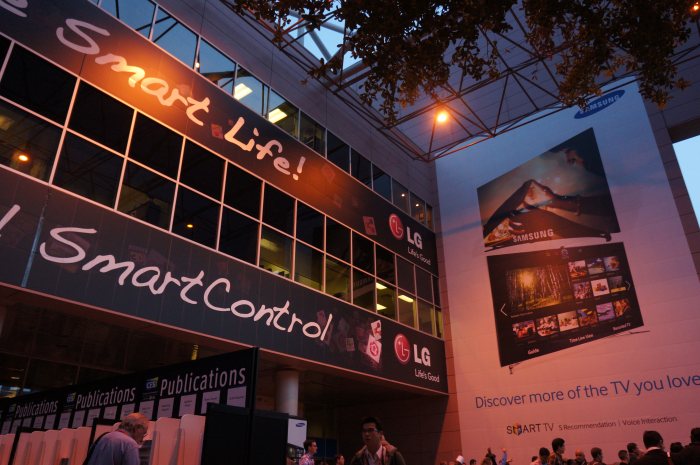
VentureBeat has emerged triumphant from CES 2013, with only one writer stricken with a mysterious convention illness. The past week went by like a whirlwind, but now that we have some time (and distance) away from Las Vegas, we can finally sit back and take a look at what worked best at this year’s show.

Fitbit Flex
Fitness gadget pioneer Fitbit came out swinging at CES this year, after being overshadowed by Jawbone and Nike’s wristbands. The $99 Fitbit Flex brings most of the company’s health tracking capabilities (sans stair counting) to a device that you can wear with you all day. The Flex makes Fitbit the most versatile health gadget company for consumers. If you don’t like wearing a wristband, you can always opt for the Fitbit One. I’ve found Fitbit’s data management to be the best of all the fitness gadgets, so I’m eager to put the Flex through its paces soon. — Devindra Hardawar
Fujifilm’s sleek X100S camera
While many hot new cameras debuted at CES, one really caught our attention. Fujifim’s X100S digital camera claims to have one of the world’s fastest autofocus on a camera at 0.08 seconds. The X100S is the successor to the well-regarded X100, with sales of 130,000 cameras worldwide since its launch. The outside of the X100S might have a retro look, but the inside is brimming with power. It features a 16.3-megapixel APS-C X-Trans CMOS II sensor and a fast EXR Processor II, both of which should ensure better noise reduction and all-around crisper photos. The X100S runs $1,300 and should be available in late March. — Sean Ludwig
Movea’s indoor smartphone location sensing
Movea showed off a way to use a phone’s existing sensors — an acclerometer, magnetometer, gyroscope, Wi-Fi, and global-positioning system (GPS) satellite data. At the Las Vegas Hotel, Movea’s Dave Rothenberg showed me how his company created software that could calculate a route through the middle of the hotel, up the elevators to the sixth floor, and to the appropriate room.
Rothenberg’s Samsung Galaxy III smartphone showed the path the whole way, though it had to halt a couple of times to fix its bearings. As we rose in the elevator, Movea’s software figured out (using the pressure sensor in the Galaxy III) which floor we were on, and it prompted us to get off when we hit the sixth floor. The company retrieved the indoor map from the hotel’s own blueprints. The system does this in places where there is no GPS signal by estimating the length of your steps, given your height. This won’t work in uncontrolled environments yet, but indoor location isn’t so crazy an idea as phones become equipped with more and more sensors. — Dean Takahashi
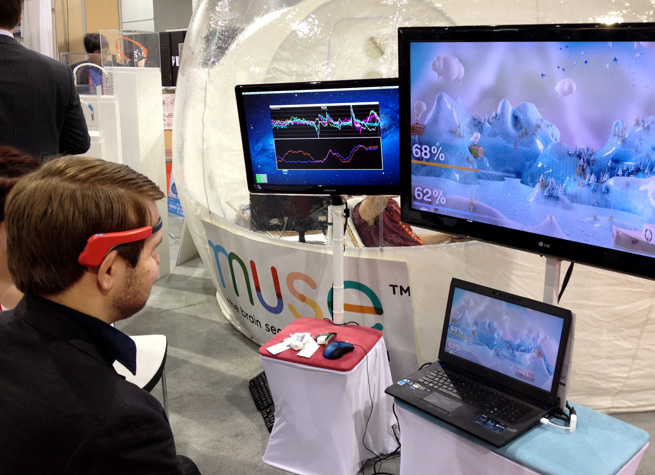
Muse’s brain-bending headband
Muse’s Indiegogo-funded headband claims to measure your brain waves related to focus and relaxation. We had previously heard about Muse’s progress, but it was different seeing it in person. I tested it out, and as Muse claims, a program on a screen in front of you shows your brain activity in real time. As I focused more, the app onscreen showed more snow falling down, and as I relaxed more the sky turned clear. What was particularly revealing is that as I talked to different people, my brain activity levels changed, showing that some people engaged with me better than others. — Sean Ludwig
Oculus Rift makes virtual reality … a reality
The Oculus Rift VR headset is in prototype form and the final is expected to ship this March. But it already looks great. Once you put these bulky virtual reality googles on, it immerses you inside a gaming world. When you move your head, the imagery changes rapidly enough to match what you would expect in normal life. I donned the headset and walked around a medieval village built with Epic Games’ Unreal Engine. There was no lag between my movements and the changing imagery, and so I didn’t get motion sickness, as is common with many other virtual-reality headsets.
Some famous game developers such as id Software’s John Carmack and Valve’s Mike Abrash have expressed interest in this. If it gets support from game developers, it might be a really compelling shift in the you play games. For instance, you might hold a controller in your hand. But if you look down inside the game, you’ll see that you’re holding a sword. That adds to the illusion. You can control your movement with the controller, which is so intuitive for gamers so that they can use it without seeing their hands. This is one small step on the way to the virtual reality of the Star Trek Holodeck, where you can’t tell what’s real and what’s not. — Dean Takahashi
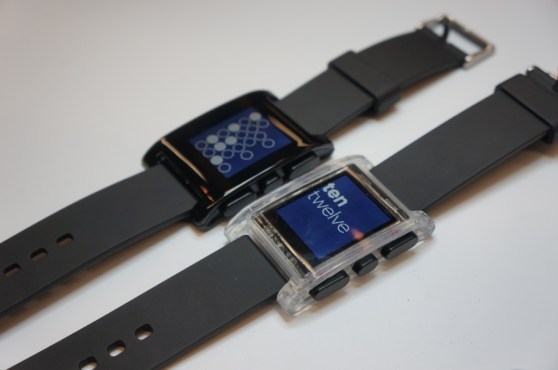
Pebble’s smartwatch is finally here
Yes, we love the Pebble smartwatch. It’s gone from a Kickstarter darling to a crowdfunding warning sign to a CES showstopper, all in less then a year. That’s a lot of drama for a watch that connects to your smartphone to display messages and control media.
Mostly, the Pebble’s popularity came from amped-up demand. There have been several attempts at smartwatches, but nobody’s yet managed to make a killer offering. (Apple came the closest with its watch-ready iPod Nano.) But with its simple design and monochrome display, the Pebble managed to capture geek hearts across the web. It makes sense for Pebble to choose CES as its official unveiling: Expect even more killer consumer tech startups to dominate the show in the future. (We’ve already seen quite a few this year.) — Devindra Hardawar
Project Shield: A crazy gamble on gaming hardware
Nvidia’s Project Shield could disrupt the console game business, where new titles typically cost $60. The Android-based portable gaming system lets you play high-quality, free-to-play Tegra Zone games on a 5-inch screen. You can also connect that machine via HDMI to a television and play games on a big screen. [Check out our hands-on video with Project Shield, as well as our exclusive interview with Nvidia’s CEO.]
If Android games aren’t your taste, you can also play PC games that you have downloaded from Valve’s Steam digitial distribution service to your PC. And since Nvidia has invested heavily in its cloud-based GeForce Gaming Grid, you’ll be able to play cloud games on it too. The system is open, and you can expect a new model to debut every year. Nvidia is targeting hardcore gamers who want free-to-play games on their TVs.
It might be a narrow niche, given the crowded space. But Nvidia says the system is perfect for traveling people who want to access their own games from hotel rooms. You’ll be able to play any Android apps via the Shield, and you’re also have plenty of horsepower with the system’s Tegra 4 processor. If this takes off, Nvidia will open up gaming and lower the cost of playing for consumers. — Dean Takahashi
Tegra 4 brings desktop power to mobile
Nvidia’s Tegra 4 mobile processor will be the brains of a new generation of mobile devices. It has 72 graphics cores, compared to just 12 on a Tegra 3. That isn’t nearly as many as the 3,072 on Nvidia’s top PC graphics chip, but the power consumption of Tegra 4 is far less than a desktop chip. Visually, this means you’ll be able to play high-definition games on a TV screen or a small screen with a Tegra 4-based mobile device. And if you have a 4K TV and 4K content, Tegra 4 will be able to run that too.
The chip has four microprocessor cores, plus a smaller core that operates in power-saving mode. The chip will be small since it will be built with a 28-nanometer manufacturing process. The new process also allows Nvidia to cut power consumption by as much as 45 percent.
Qualcomm chief executive Paul Jacobs says the graphics in the Snapdragon 800 series will beat Nvidia’s, to which Nvidia CEO Jen-Hsun Huang replied, “Pretty brash words. We’ll see, I guess.” — Dean Takahashi
Qualcomm’s batshit insane keynote
At first I was bewildered by Qualcomm’s zany keynote, thanks to the trio of terrible actors pretending to be “born mobile” youths. Then I felt embarrassed for Qualcomm CEO Paul Jacobs when he was upstaged by Steve Ballmer. But eventually, I’ve come around to see this monstrous event as something truly wonderful. It may not have done much to encapsulate what Qualcomm is actually doing to innovate the mobile industry, but it sure was memorable.
How could you forget a keynote that featured cameos from Big Bird, film director Guillermo del Toro (who showed off some fun and gory clips from Blade II in 4K), a finale concert by Maroon 5, and a video message from Desmond Tutu. Indeed, Qualcomm’s CES keynote transcends description — and at one point, seemingly space and time. — Devindra Hardawar
Xi3’s Piston ‘Steam Box’
The Xi3 Piston is a cool modular computer, even if it isn’t exactly what Valve will launch with its Linux-based Steam Box. Rumors are rife that the Piston is indeed the living room game console that Valve will eventually launch. Valve has invested in Xi3, and Valve chief executive Gabe Newell confirmed that Valve is making its own open game machine.
The Xi3 Piston has a 3.2-GHz quad-core microprocessor and 384 programmable graphics cores. It comes with 8GB of DDR main memory. It can support three monitors natively and two mini-display ports, and it comes with 64 GB to 1TB of storage, depending on price. It has plenty of other ports, but the box remains tiny, modular, and upgradeable. Piston consumes only 40 watts, compared to 1,000 watts for some of the high-end game PCs. That means it doesn’t need a noisy fan, and you should be able to play kick-ass games on it. — Dean Takahashi
